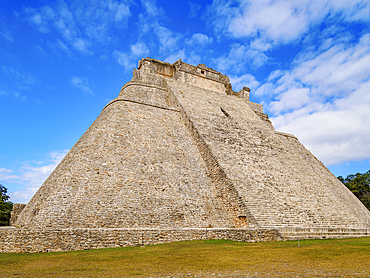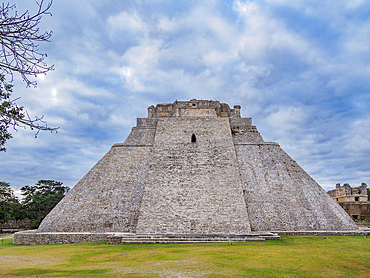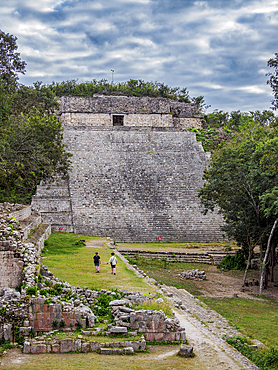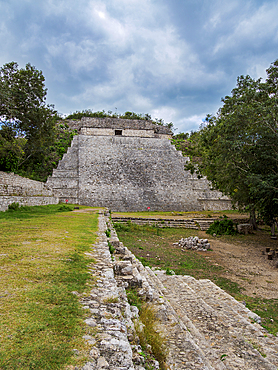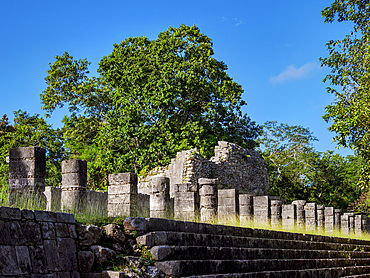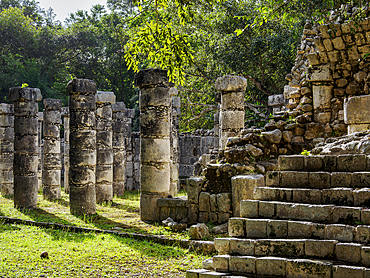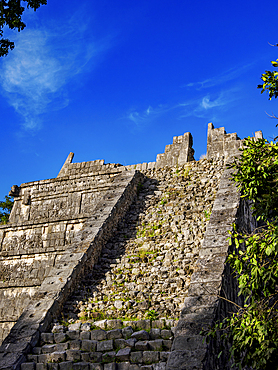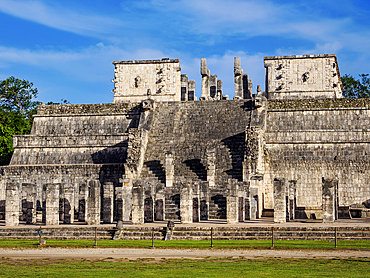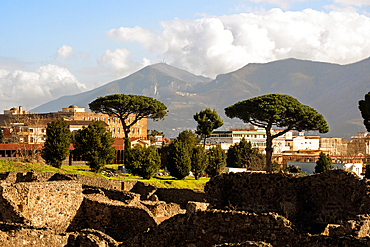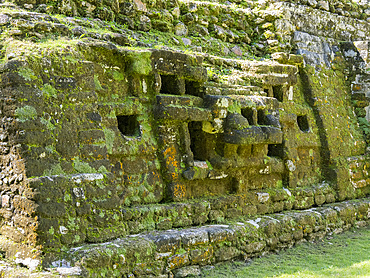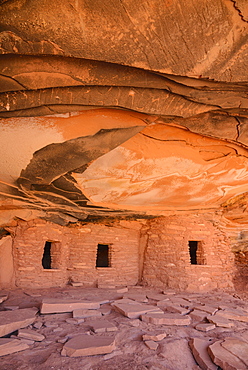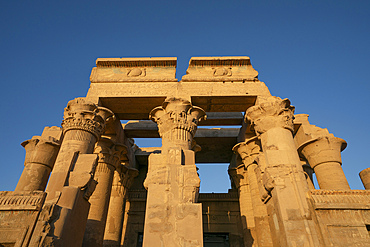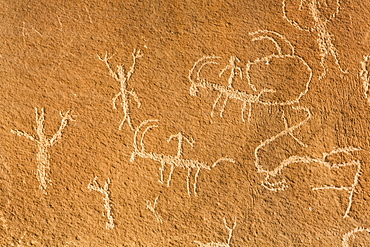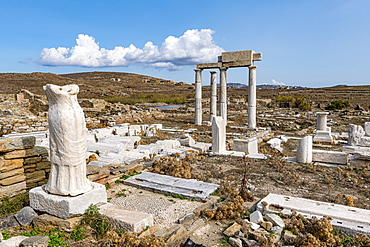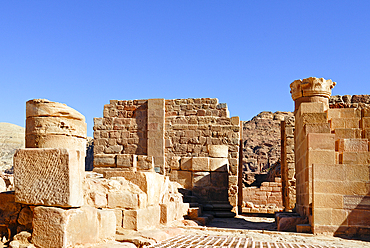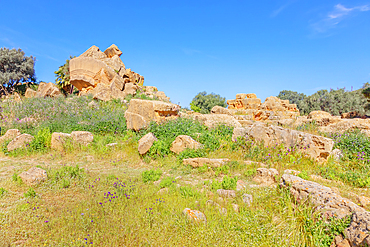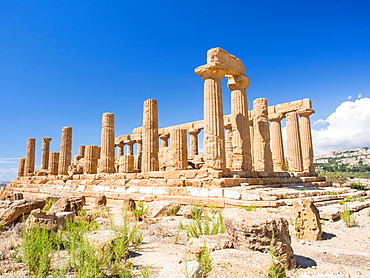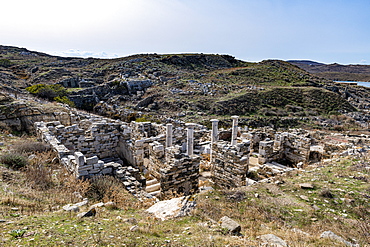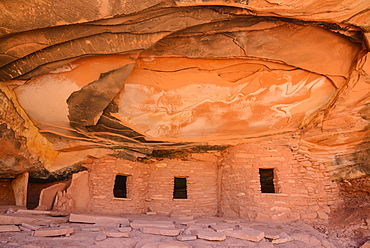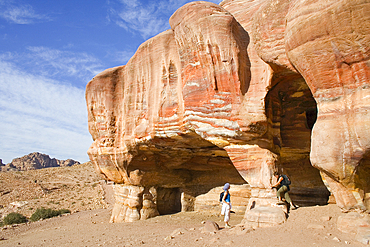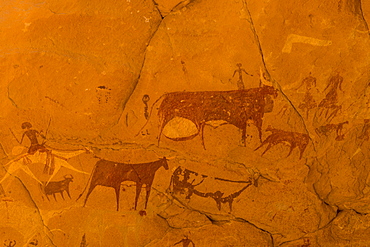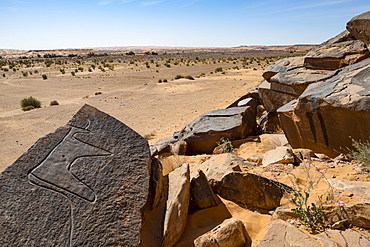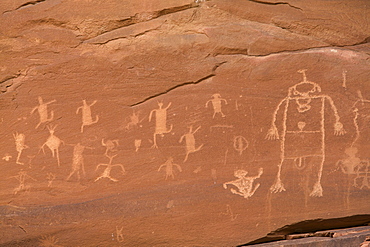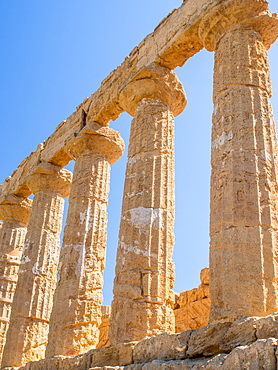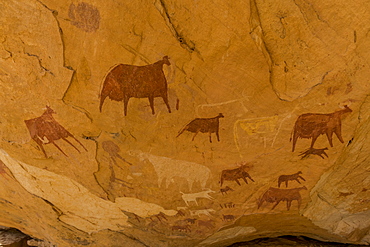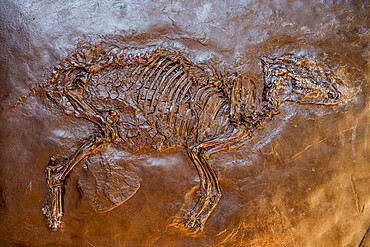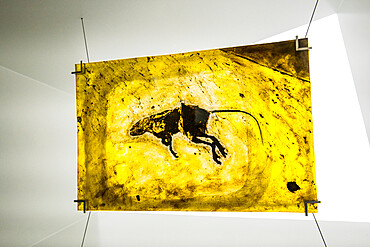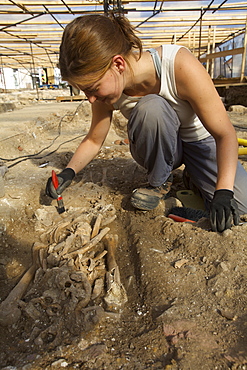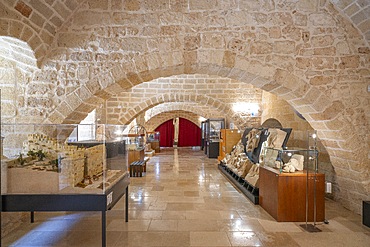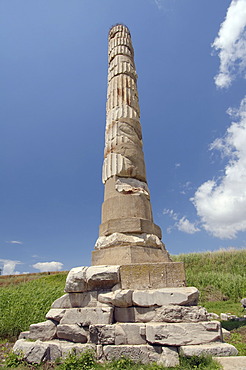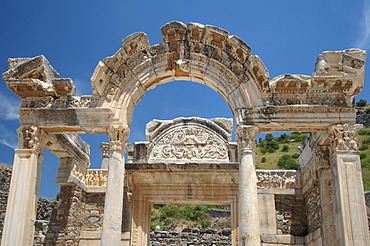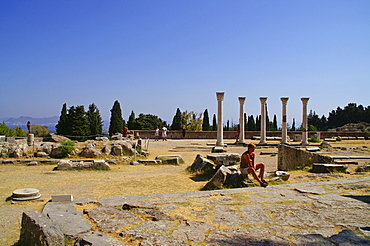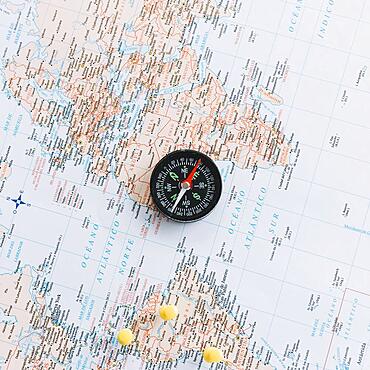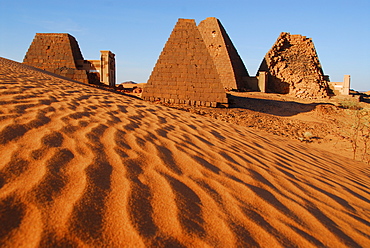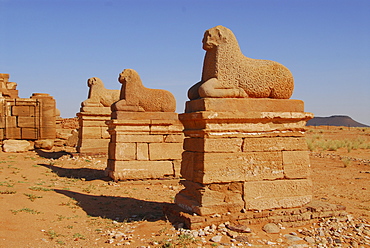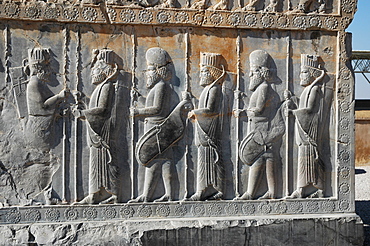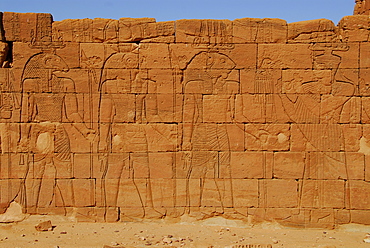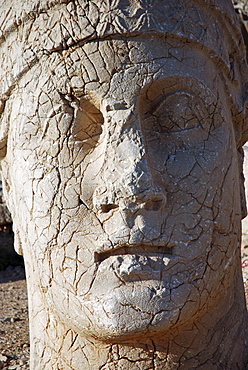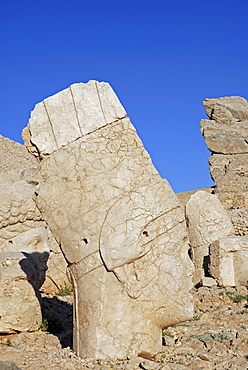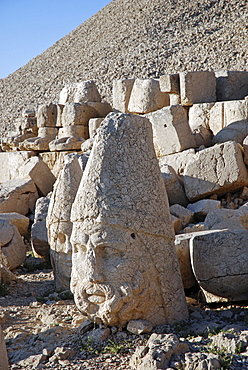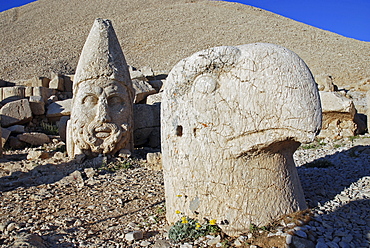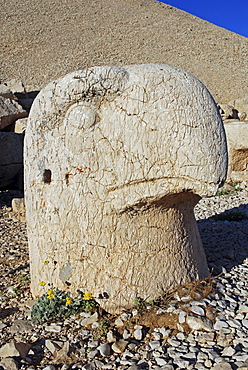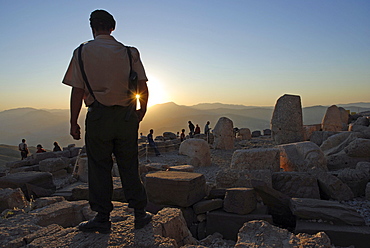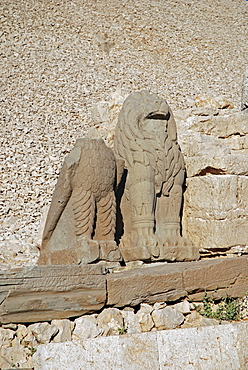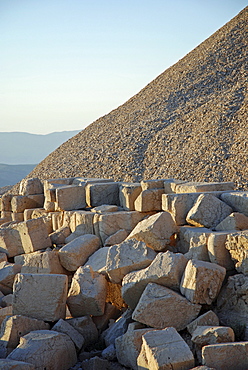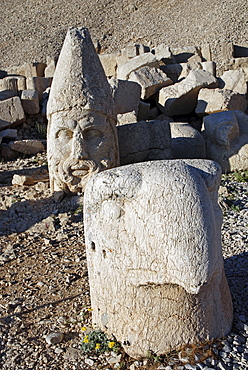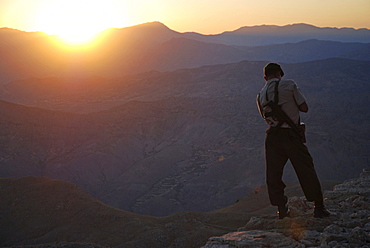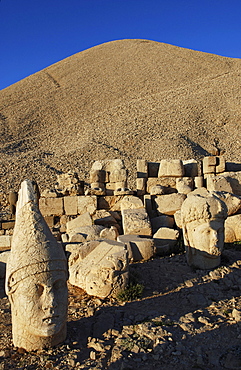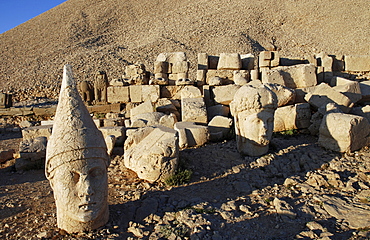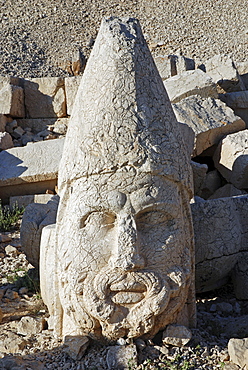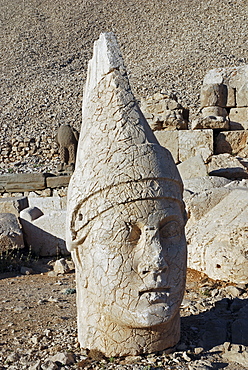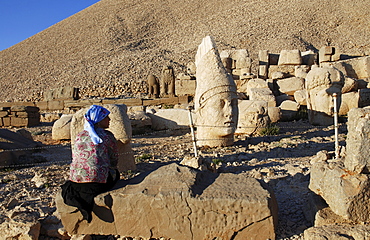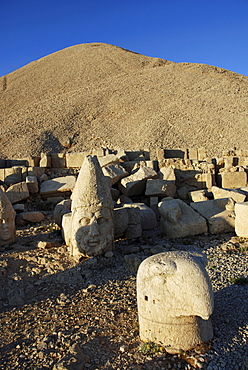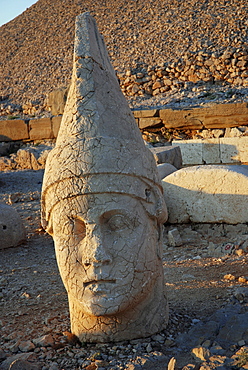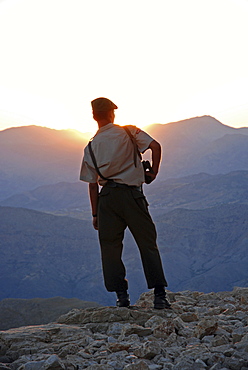Results
« Previous 1 … 5 6 7
650 results found
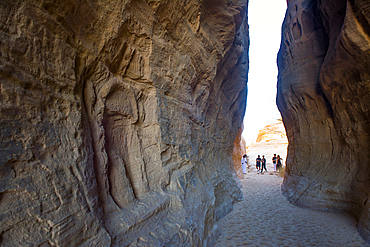
Passage through the Siq channel at Jabal Ithlib area within the Site of Hegra (Madain Salih), UNESCO, AlUla, Medina Province, Saudi Arabia
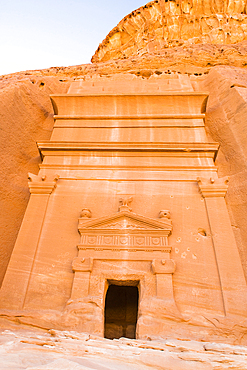
Tomb carved into sandstone rock of Jabal Banat (Qasr Al-Bint) area in site of Hegra (Madain Salih), UNESCO, AlUla, Medina Province, Saudi Arabia

Tombs carved into sandstone rock of Jabal Banat (Qasr Al-Bint) area in site of Hegra (Madain Salih), UNESCO, AlUla, Medina Province, Saudi Arabia
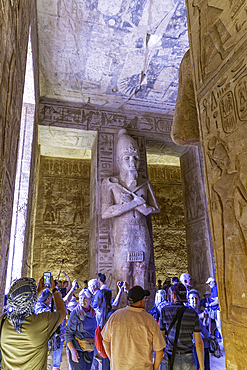
Interior view of the sculptures of the pharaohs in the Abu Simbel Temple next to Lake Nasser, Temple of the Pharaohs, Ramses II, Nubia, Egypt, Africa
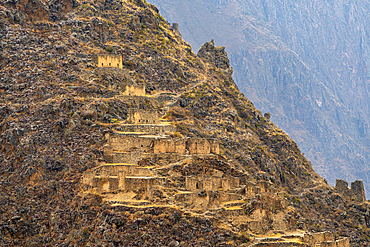
Archaeological site of former Inca site at Pinkulluna, Ollantaytambo, Ollantaytambo District, Sacred Valley, Urubamba Province, Cusco (Cuzco) Region, Peru, South America
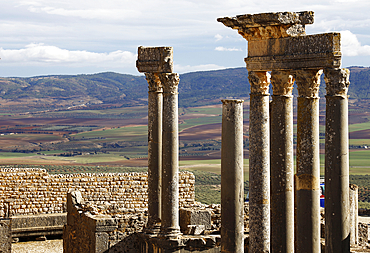
The ruins of the Roman town of Dougga, a UNESCO World Heritage site, valley of Oued Khalled, northwest Tunisia
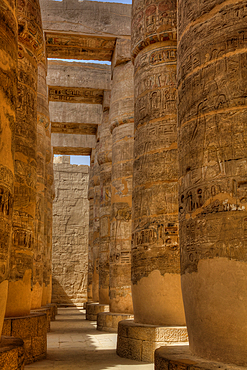
The Great Papyrus Columns, Hypostyle, Karnak Temple Complex, UNESCO World Heritage Site, Luxor, Egypt, North Africa, Africa
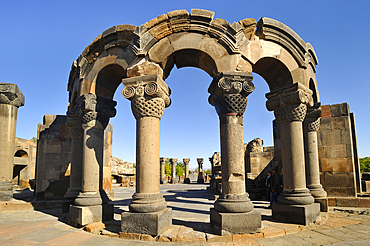
Rebuilt sections of the ruins of Zvarnots Cathedral, located near the city of Vagharshapat (Ejmiatsin), UNESCO World Heritage Site, suburbs of Yerevan, Armenia, Eurasia
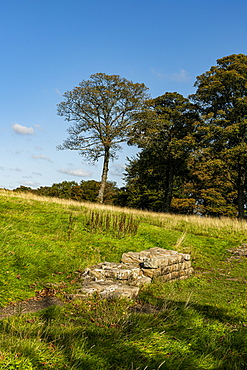
Remains from Bar Hill Fort, Antonine Wall, UNESCO World Heritage Site, Scotland, United Kingdom, Europe
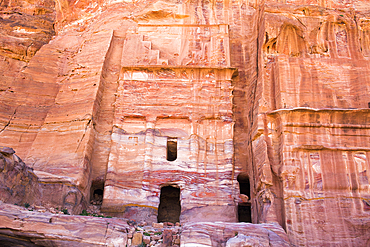
The Royal Tombs in the southern part of the historic and archaeological Nabataean city of Petra, UNESCO World Heritage Site, Jordan, Middle East
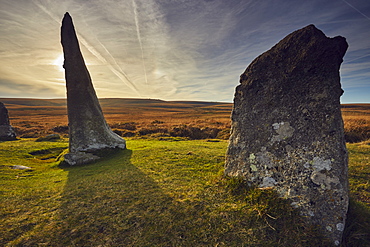
Ancient prehistoric standing stones in a stone circle, Scorhill Stone Circle, Dartmoor National Park, Devon, England, United Kingdom, Europe
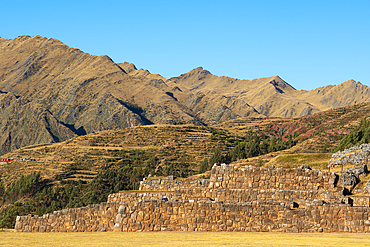
Archaeological site of Chinchero, Sacred Valley, Urubamba Province, Cusco (Cuzco) Region, Peru, South America
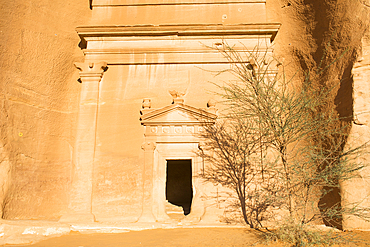
Tombs carved into sandstone rock of Jabal Banat (Qasr Al-Bint) area in site of Hegra (Madain Salih), UNESCO, AlUla, Medina Province, Saudi Arabia
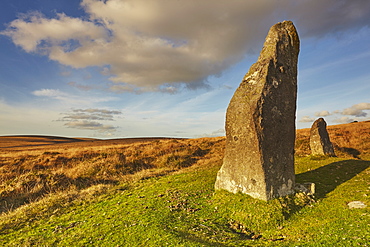
Ancient prehistoric standing stones in a stone circle, Scorhill Stone Circle, Dartmoor National Park, Devon, England, United Kingdom, Europe
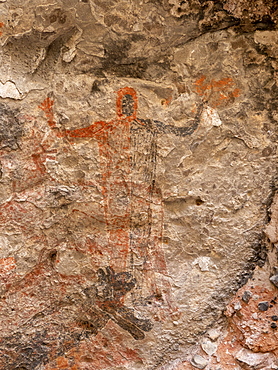
Rock art pictographs of the Cochimi people, Cueva del Raton, UNESCO World Heritage Site, Sierra de San Francisco, Baja California Sur, Mexico, North America
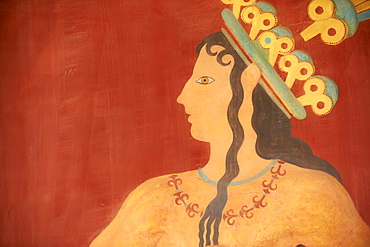
Prince of Lilies fresco, Minoan archaeological site of Knossos, Crete, Greek Islands, Greece, Europe
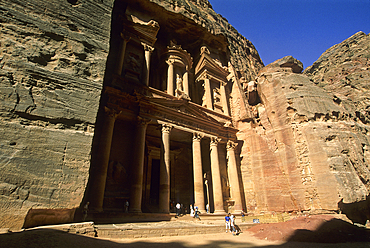
Al Khazneh (The Treasury), one of the most elaborate buildings of the ancient city of Petra, UNESCO World Heritage Site, Jordan, Middle East
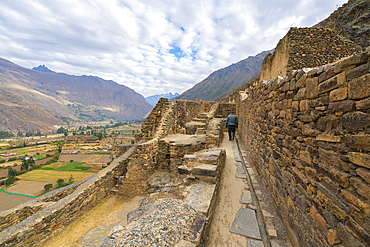
Archaeological site of Ollantaytambo, Ollantaytambo District, Sacred Valley, Urubamba Province, Cusco (Cuzco) Region, Peru, South America
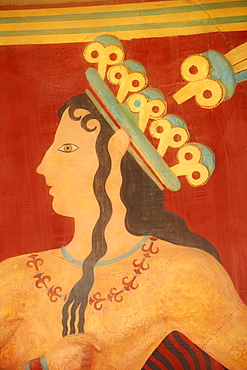
Princess of Lilies fresco, Minoan archaeological site of Knossos, Crete, Greek Islands, Greece, Europe
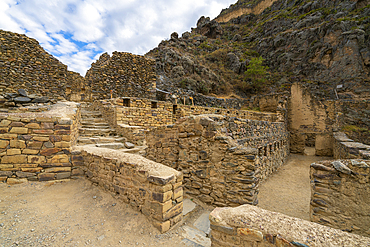
Archaeological site of Ollantaytambo, Ollantaytambo District, Sacred Valley, Urubamba Province, Cusco (Cuzco) Region, Peru, South America
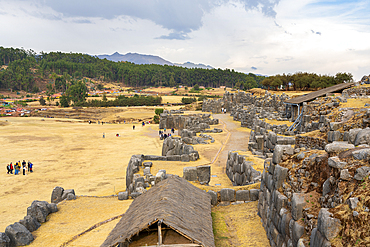
Archaeological site of Sacsayhuaman, UNESCO World Heritage Site, Cusco, Cusco Region, Peru, South America
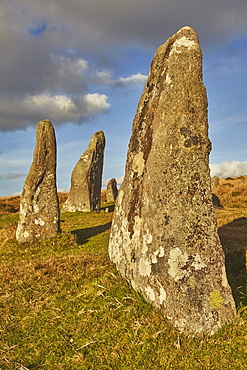
Ancient prehistoric standing stones in a stone circle, Scorhill Stone Circle, Dartmoor National Park, Devon, England, United Kingdom, Europe

Rock art pictographs of the Cochimi people, Cueva del Raton, UNESCO World Heritage Site, Sierra de San Francisco, Baja California Sur, Mexico, North America

Ancient prehistoric standing stones in a stone circle, Scorhill Stone Circle, Dartmoor National Park, Devon, England, United Kingdom, Europe
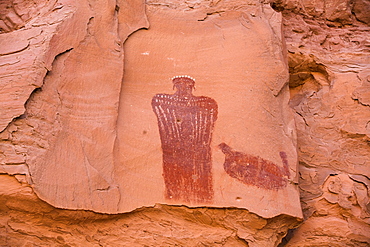
Moki (Moqui) Queen Pictograph, Glen Canyon National Recreation Area, Utah, United States of America, North America
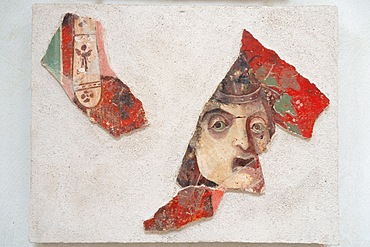
Fragments of wall painting with garland, embroidered pattern and theatrical mask, Archaeological Area of Solunto, Sicily, Italy, Mediterranean, Europe
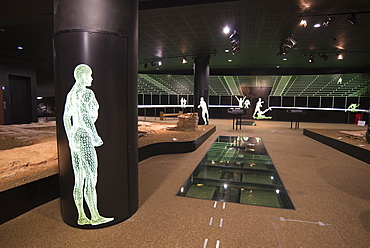
Remains of the Roman amphitheatre discovered in the basement of the Guildhall, London, EC2, England, United Kingdom, Europe

Aerial views of El Castillo and the Ruins of the Mayan temple grounds at Tulum, Quintana Roo, Yucatan, Mexico. Tulum is the site of a pre-Columbian Mayan walled city which served as a major port for Coba, in the Mexican state of Quintana Roo. The ruins are situated on 12 meter 39 ft tall cliffs along the east coast of the Yucatán Peninsula on the Caribbean Sea in the state of Quintana Roo, Mexico. Tulum was one of the last cities built and inhabited by the Maya; it was at its height between the 13th and 15th centuries and managed to survive about 70 years after the Spanish began occupying Mexico. Old World diseases brought by the Spanish settlers appear to have resulted in very high fatalities, disrupting the society, and eventually causing the city to be abandoned.
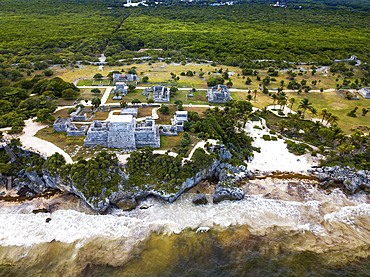
Aerial views of El Castillo and the Ruins of the Mayan temple grounds at Tulum, Quintana Roo, Yucatan, Mexico. Tulum is the site of a pre-Columbian Mayan walled city which served as a major port for Coba, in the Mexican state of Quintana Roo. The ruins are situated on 12 meter 39 ft tall cliffs along the east coast of the Yucatán Peninsula on the Caribbean Sea in the state of Quintana Roo, Mexico. Tulum was one of the last cities built and inhabited by the Maya; it was at its height between the 13th and 15th centuries and managed to survive about 70 years after the Spanish began occupying Mexico. Old World diseases brought by the Spanish settlers appear to have resulted in very high fatalities, disrupting the society, and eventually causing the city to be abandoned.
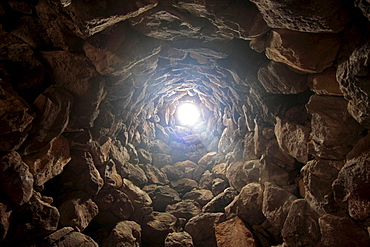
Unesco World Heritage Site Su Naraxi, Bronze-age defensive structure, Barumini, Sardinia, Italy, Europe
